Best Places to Visit in Pakistan: The Complete Bucket List
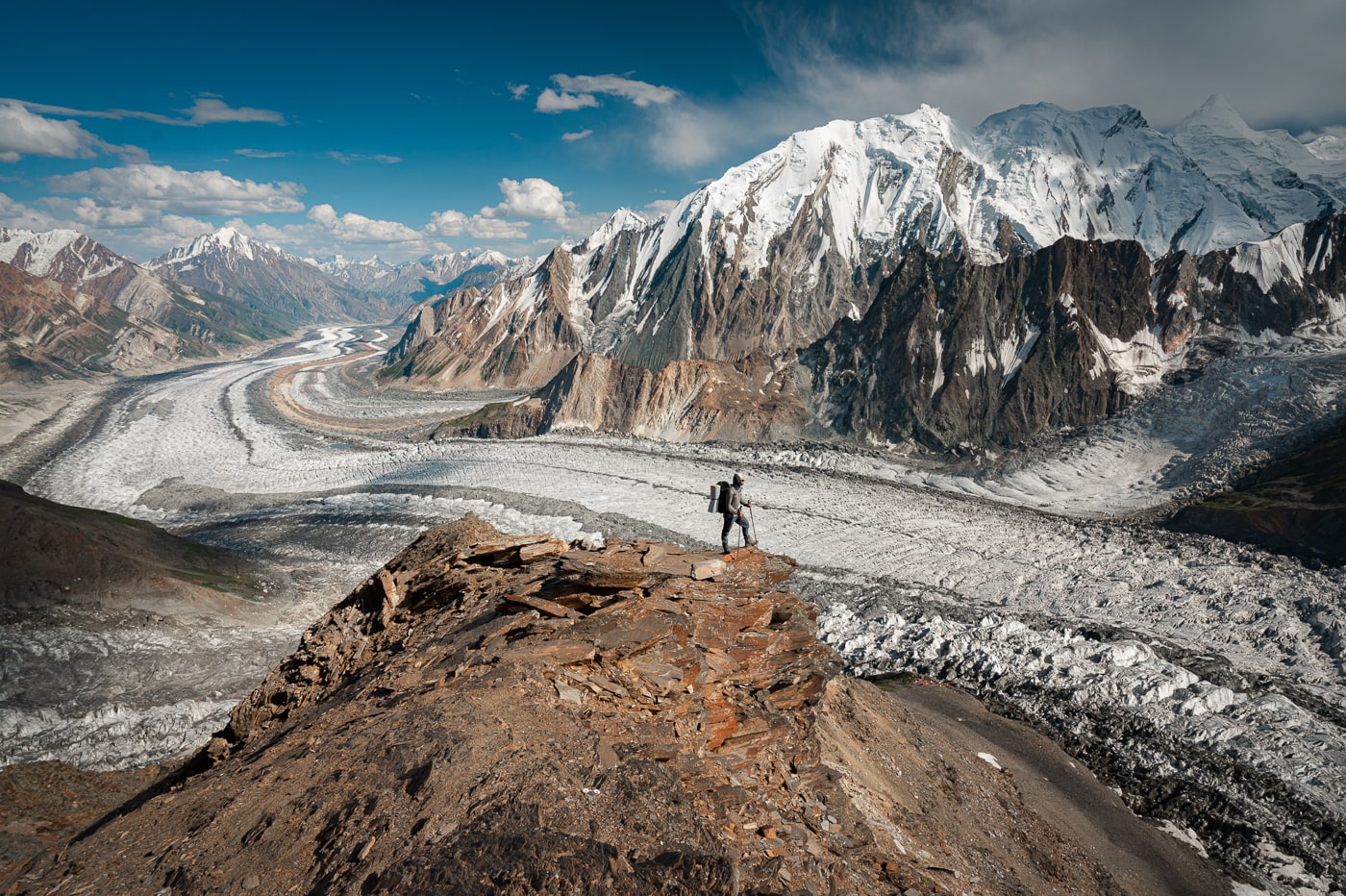
Pakistan is one of the most diverse countries on earth when it comes to landscapes, people, language, food, and just about everything else. The cities are crazy, the mountains are some of the highest in the world, and there are at least 74 languages spoken across a population of more than 200 million people.
Endless glaciers, world-class mountains, sweltering deserts, huge cities, bustling bazaar towns, small rural villages, pine forests, pleasant beaches, endless coastline, alpine lakes; it’s all here in Pakistan.
So where does one even start when planning a trip here? I’ll tell you right now; you can’t see it all in one go (or 10 trips). Depending on what you like to do and what you’d like to see, you can get a well-rounded experience of what makes Pakistan such an incredible country to visit in a relatively short amount of time if you know where to look… and there is plenty to look at, be sure.
Let’s take a closer look at the best places to visit in Pakistan, shall we?
Be sure to check out as well...
Best Places to Visit in Pakistan At a Glance
Pakistan has 5 provinces: Punjab, Sindh, Khyber Pakhtunkhwa (KPK), Azad Kashmir, Balochistan, and Gilgit Baltistan (GB).
To make it simple, I break down each section below by province.
Now, this could be a 20,000-word article if I wanted it to be since there really are a ton of incredible places – but I have hand-selected my absolute favorite spots in each province.
I tend to head for the mountains as much as possible (as you might also be inclined towards), but keep in mind that the other regions of Pakistan have a lot to offer as well.
Best Places to Visit in Punjab
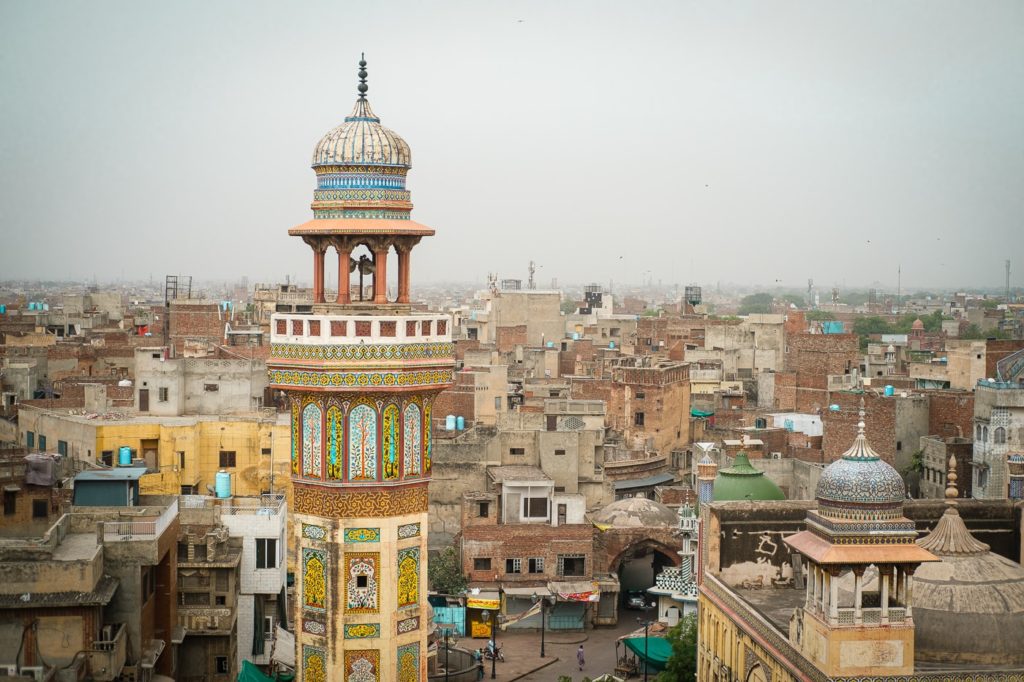
Punjab is the most populous province of Pakistan, holding more than half (!) the country’s total population as well as several of its major cities: Lahore, Faisalabad, Rawalpindi, Mulan, Islamabad, and Gujranwala.
All of the Pakistani Punjab territory borders India’s Punjab territory and many cultural links exist between the two Punjab regions of both countries. Punjab is largely a hot, flat (with some hills) plain with a good highway system linking major cities. It is also home to the capital city Islamabad and the main seat of the central government.
The food is spicy (and tasty) as hell, the historical and cultural treasures plentiful, and the summers are hot enough to wish you lived in a freezer. Did I miss anything?
Lahore

Lahore is hands down my favorite city in Pakistan. It has all of the sights, smells, and sounds of a crazy South Asian City – which I love. It also has all the traffic, heat, rubbish, and hecticness as well.
The city has changed hands many times throughout the centuries and offers a unique blend of Mughal, Sikh, Islamic, and Colonial historical heritage that other Pakistani cities don’t have in the same density.
There is an endless number of things to do in Lahore – the largest city in Punjab – but the main activities include eating (Lahore is famous for its food culture), visiting historical and cultural sites (not museums so much), and sitting down to chai with new locals friends.
One quick search online will reveal most blogs suggest the “classic” things to do in Lahore like the Badsahai Mosque, Wagah Border, and such… but there is a LOT more to Lahore than the main touristy sites – which is what makes it such a dynamic city.
Things to do in Lahore:
Rawalpindi

Although right next door to Islamabad – Pindi has a polar opposite vibe. If you have just spent time in Islamabad, then a trip to Pindi feels like you are now entering the “real” Pakistan.
The famous Raja Bazaar market is one of the biggest in the country. Here you can wander around for hours and most likely you will become lost – it is that big. If you have a keen eye, you will also notice plenty of old Havelis, old mosques, and old pretty much everything. Staying in Rawalpindi is also a solid budget alternative to Islamabad as everything tends to be cheaper here – accommodation and restaurants included.
Things to do in Rawalpindi:
Rhotas Fort
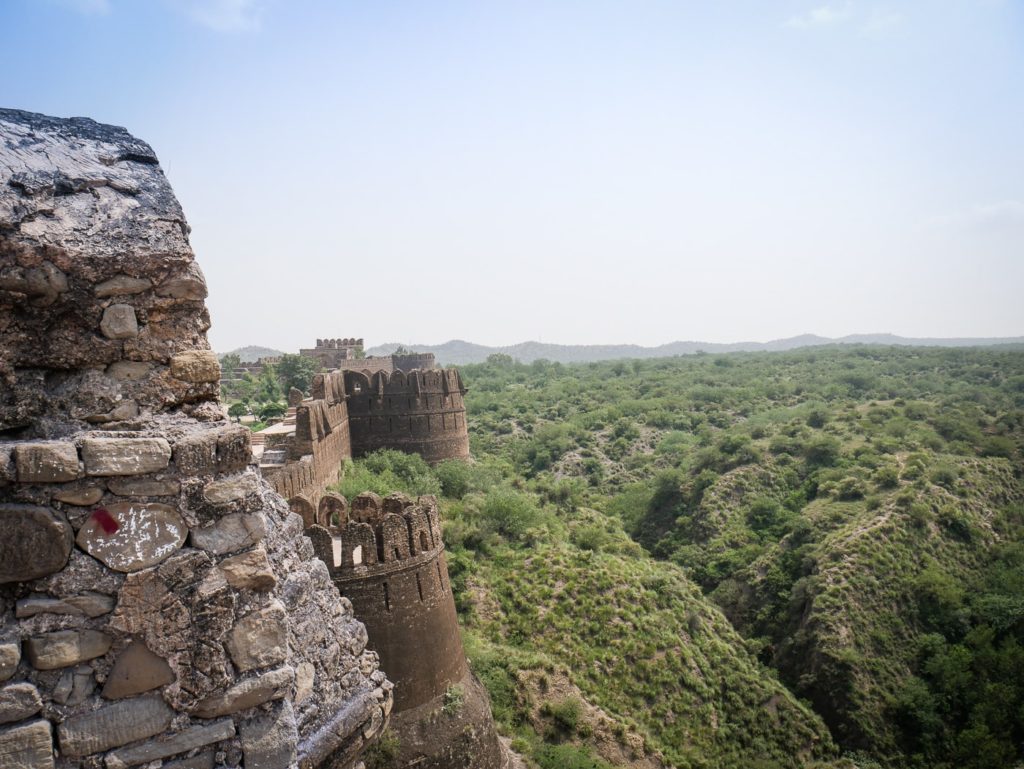
If you dig history and want to take it one of the most badass forts in Punjab, Rhotas should be on your list. This 16th-century fortress is found near the city of Jhelum. It is located off of a small road a few hours from Islamabad and requires some effort to get here if you don’t have a car.
I visited Rhotas Fort the first time I came to Pakistan and despite the blistering heat of that day, I thought the journey was well worth the effort.
To be honest though, despite its UNESCO status, I was extremely disappointed by the level of rubbish piled around the entire site. There are a dozen staff and security guards working there collecting entry payments and doing literally no work other than taking the money of visitors. I saw most of them just sitting around drinking tea while countless plastic bags, empty chip wrappers, and discarded water bottles rolled in the breeze.
All of that said though if you can black out the piles of trash and just enjoy the magnifiscent fortress, then it should be a good time.
Islamabad
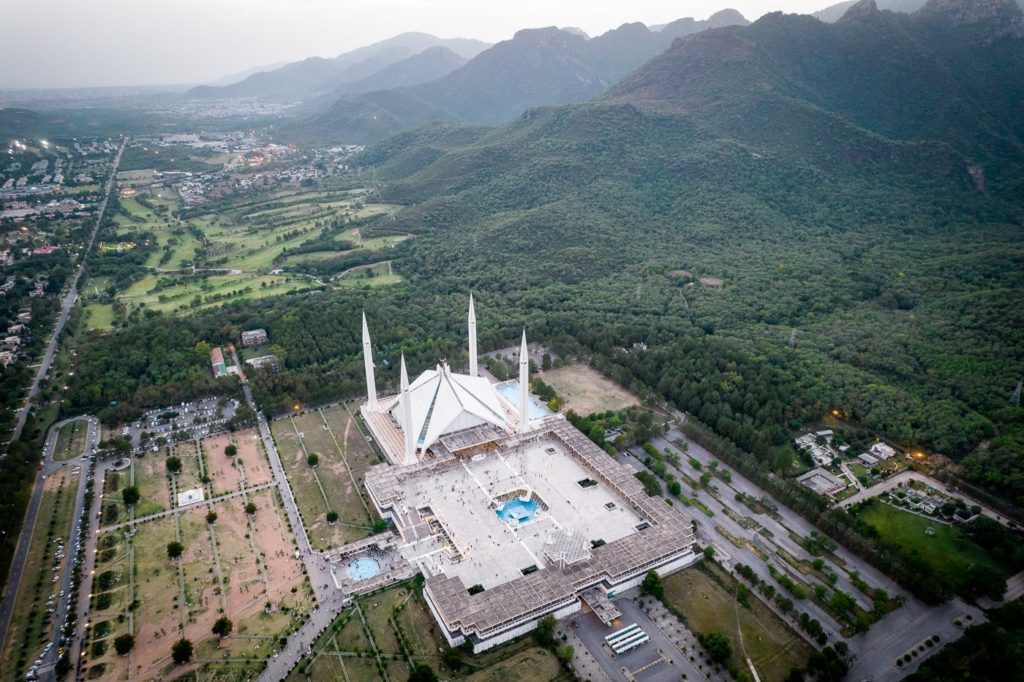
Pakistan’s capital city was only finished in 1966, replacing Karachi – the former capital of newly independent Pakistan. And it has the vibe of a planned city.
Though I seem to spend most of my “city” time in Pakistan in Islamabad – I do not really find it that interesting. Sure you can find comfy accommodation, great food, and even some decent hiking in the Margalla hills – but Islamabad is mostly a place where I come to recharge, eat stuff that is not daal and chicken curry, do laundry, and take advantage of good Wifi after being in the mountains for months. I also have many Pakistani friends based in Islamabad so I usually have a fair bit of socializing lined up as well.
In terms of history and cultural stuff to see, there is not a whole lot. It is one of the few capitals in the world that I have been to where boredom sets in pretty quickly if you don’t have a load of computer work to do. Islamabad does provide access to the best airport in the country and where one can take flights to the mountain cities of Skardu and Gilgit.
Things to do in Islamabad:
Peshawar
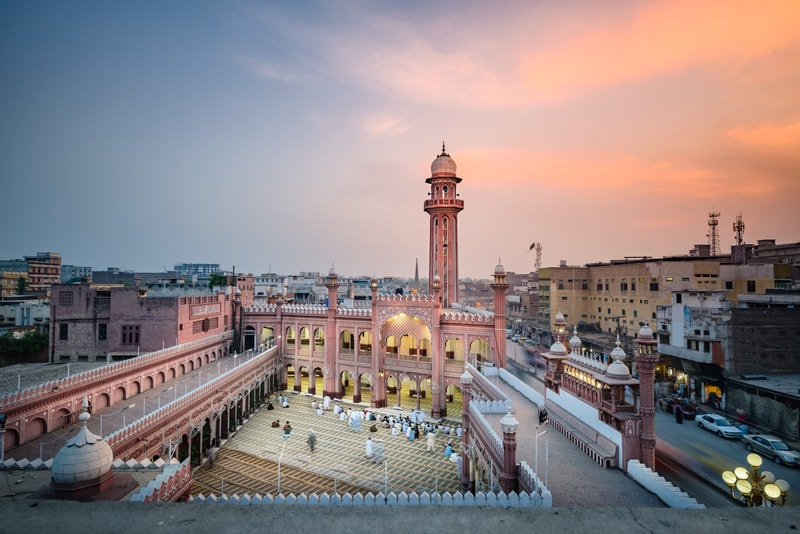
Only a few hours drive from Islamabad, Peshawar is an ancient city and has been a crossroad of many different cultures for centuries. After 9/11, Peshawar became well-known as a city with a heavy Taliban presence, even if it was underground. These days, it remains a conservative area but is considered safe for foreigners to visit.
Peshawar is famous for its tasty kebabs, tea-pot culture, and some truly stunning mosques. There are other hidden treasures to discover here as well if you take the time to look. 2-3 days is probably enough time to spend here if you are on a shorter trip.
Things to do in Peshawar:
Multan
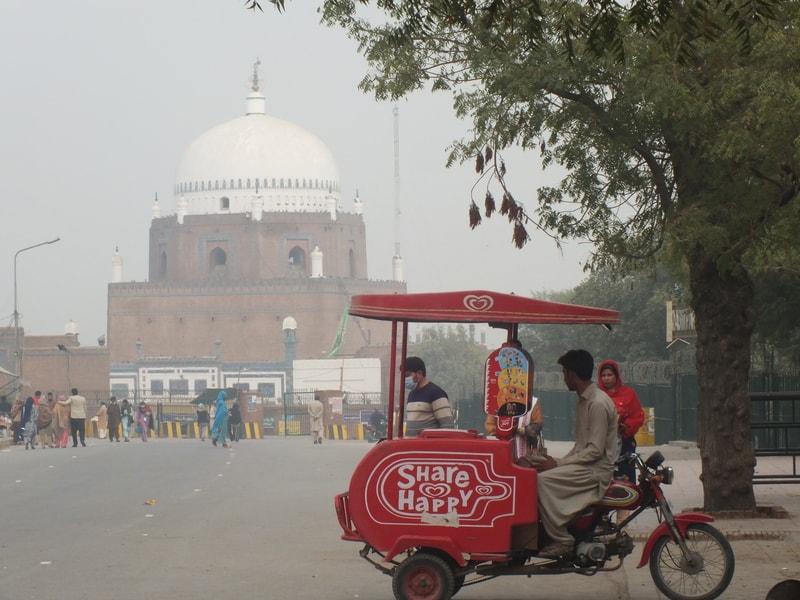
Multan is a fascinating city in Southern Punjab famous for its religious architecture. As a foreigner though, it can be tricky to visit. The police don’t always allow foreigners to visit here independently.
It’s a four-hour drive to Multan from Lahore and worth the visit if you can get into the city!
I don’t recommend visiting here from May – October though as it gets HOT.
Things to do in Multan:
Best Places to Visit in Gilgit Baltistan
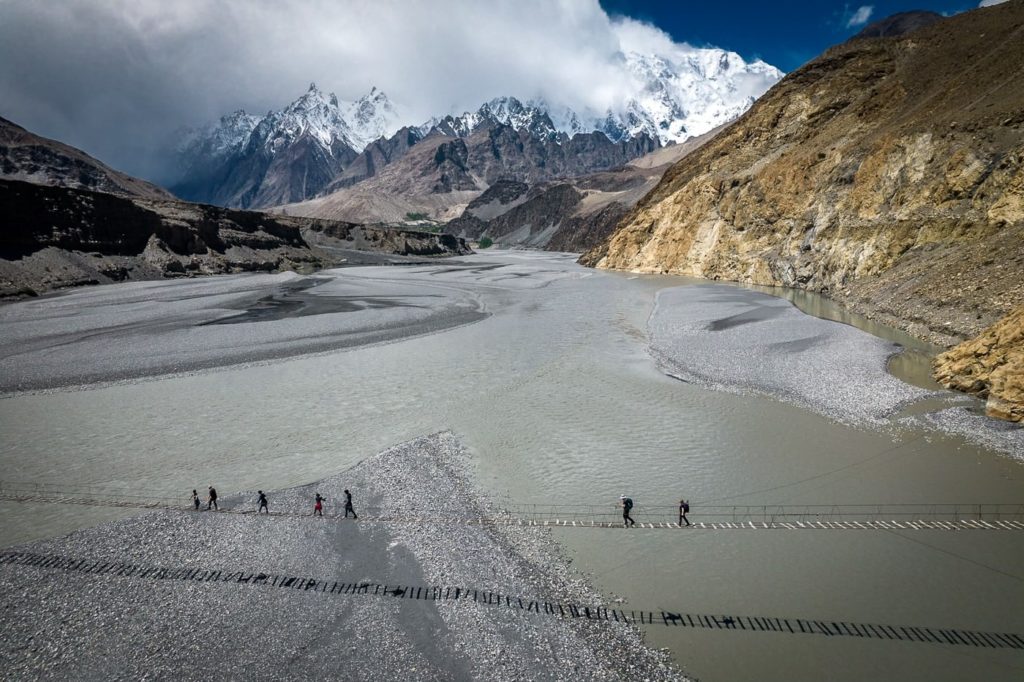
The rugged river valleys, towering mountains, and various ethnic groups that make up Gilgit Baltistan make it so that GB may as well be a different country than Punjab; it’s that different.
If you want to come check out the mountainous areas of Pakistan – the ones you have seen in photos – then GB is an absolute must.
Spread out over a vast area which includes two main parts: Gilgit and Baltistan. Gilgit is where you will find Hunza, Shimshal, and the Karakoram Highway leading to the China Border. Baltistan is the gateway to some of the major trekking and mountaineering routes like K2 Base Camp, Snow Lake, Deosai, etc.
Gilgit

The largest city on the Gilgit side of GB, Gilgit City is not so much a destination itself as it is a gateway to various other points of interest in the region. It is also home to one of the two major airports in GB. If you come north, you will pass through Gilgit at some point.
There is not a ton of stuff to do in the city itself and most likely if you are coming overland it will be a place where you rest before continuing further afield.
Things to do in Gilgit:
Hunza Valley
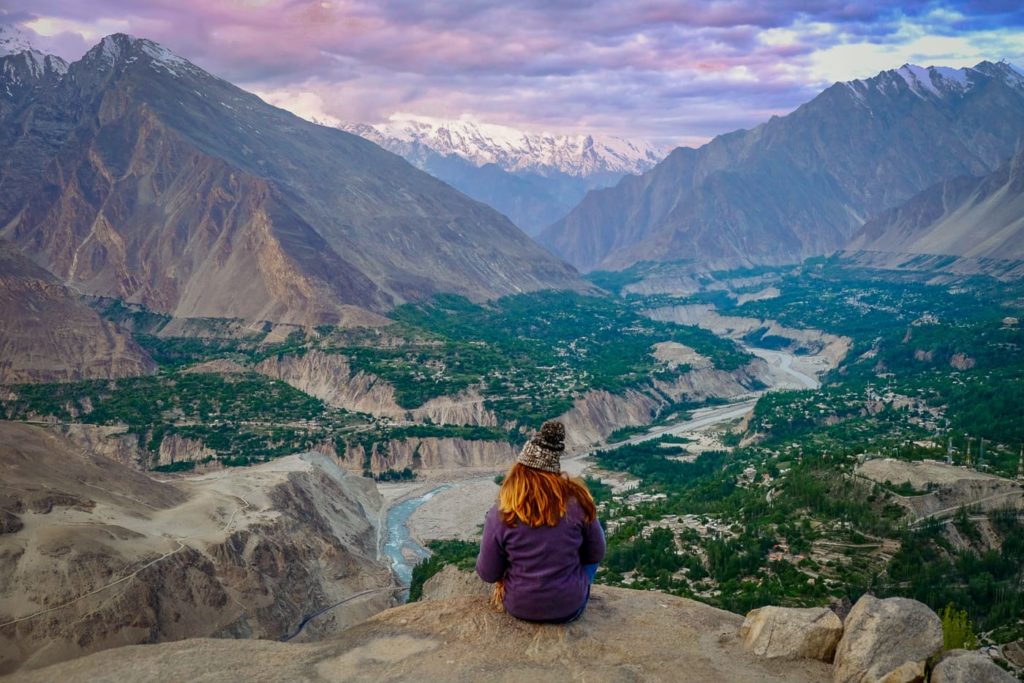
This valley is where have spent the most time during my travels in Pakistan and there is a TON of stuff to do. It’s also a great place to just relax, eat apricots (in season), and get a feeling for the slower pace of life in Pakistani mountain communities.
Hunza is also one of the most popular destinations for local Pakistani tourists and the peak season – the roads and famous sites are overrun with mini-buses and hordes of people doing snap-and-go selfie sessions. Like most popular places in Pakistan, there is lots more going on beyond just the top 3 famous sites IE Eagles Nest, Attabad Lake, Husseini Bridge, etc.
Geographically there are two parts of Hunza: Lower Hunza and Upper Hunza. Lower Hunza contains Aliabad, Karimabad, Altit, and Nagar/Hopper Valley. Upper Hunza is where you’ll find Gulmit Village, Attabad Lake, Ghulkin Village, Passu Cones, Sost (not really Hunza, but I will include it here for good measure), and the most beautiful stretch of the Karakoram Highway.
Things to do in Hunza:
Ghulkin Village
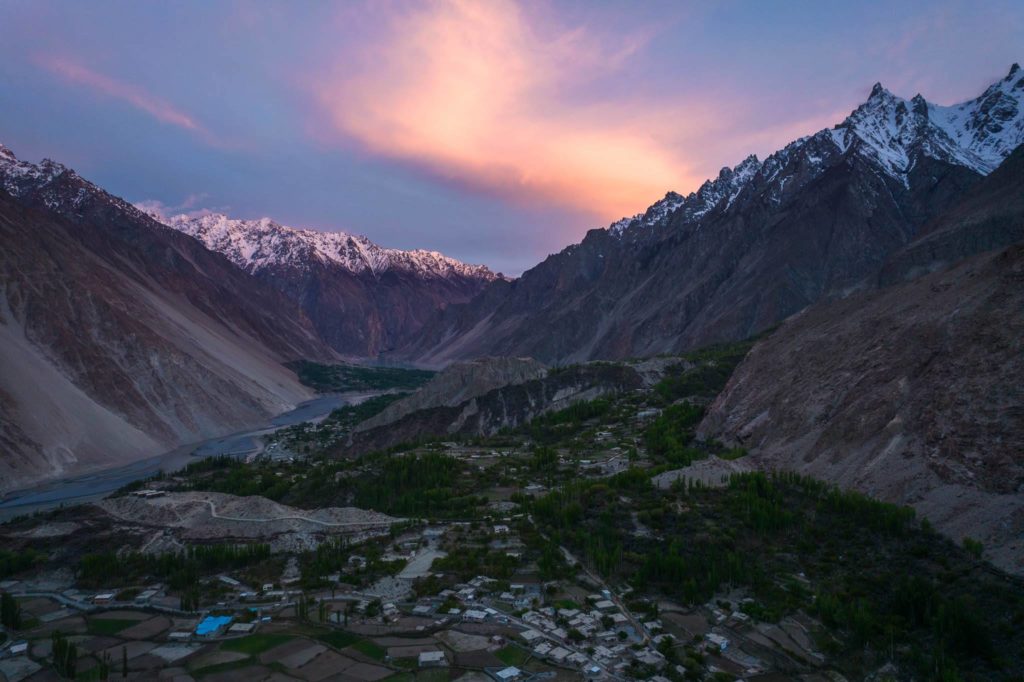
If I had to say one village in Pakistan has my heart, it would be Ghulkin. Set amongst an epic backdrop of fruit trees, jagged mountains, and traditional earthen houses, Ghulkin is one of my favorite places on earth to just be. Ghulkin is a whole vibe.
The main draw to come here I’d say is to stay with a local family and to plan a big trek in the area in which you will need a local guide, porters, a cook, etc.
There are a few walks one can do to cool viewpoints along with daily games of cricket or volleyball to watch that the endless number of village teenagers seem to always be engaged in. The hospitality in the village is second to none.
For a homestay experience, contact Sitara Ali Khan at +92 355 5328697 (Whatsapp).
Things to do in Ghulkin:
Naltar Valley

Before you arrive to Karimabad and beyond, there is a curious road and sign leading to the left (west) of the Karakoram Highway with a sign pointing towards Naltar Valley. The road to get there requires either taking a jeep or having a 4×4 vehicle (or motorbike) – which usually means something interesting is waiting up there.
Naltar is known for its stunning lakes and hiking opportunities. The hard-to-reach nature of Naltar means that the valley is often overlooked by tourists. If you have the time and motivation to swing up to Naltar for three or four days, you will be rewarded with fine scenery, decent hiking, and plenty of off-the-beaten-path opportunities.
Things to Do in Naltar Valley:
Shimshal Valley
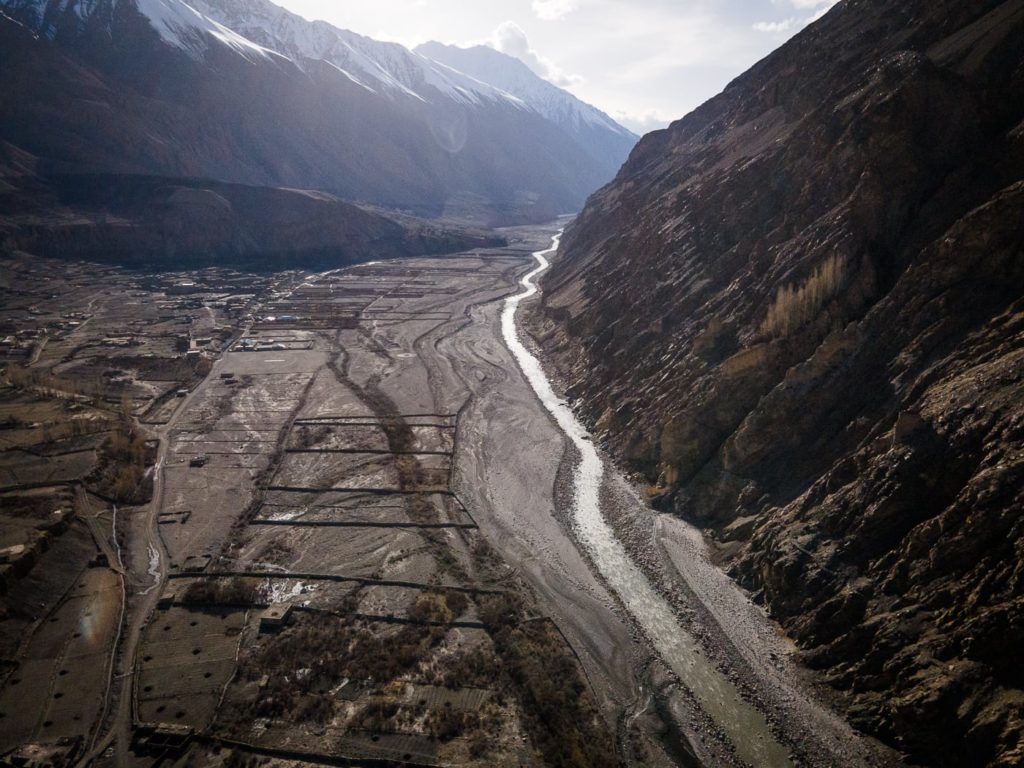
One of two valleys in the upper regions of GB that I consider “end of the world” towns. Shimshal valley is remote, rugged, and has been cut off from the outside world for most of history. Even now it takes 3 hours on a crazy road to reach the village. There is no internet access here, people mostly farm and keep animals, and the feeling one gets is that of stepping back in time.
For non-trekkers/climbers, the main draw to come here is 1. the road by motorbike is very interesting and 2. to experience the unique village life of the Wahki people living here. Some of the best Pakistani climbers and guides come from Shimshal – and it is no coincidence that Shimshal is the highest village on the Gilgit side of GB at 3100 meters.
Things to do in Shimshal:
Passu
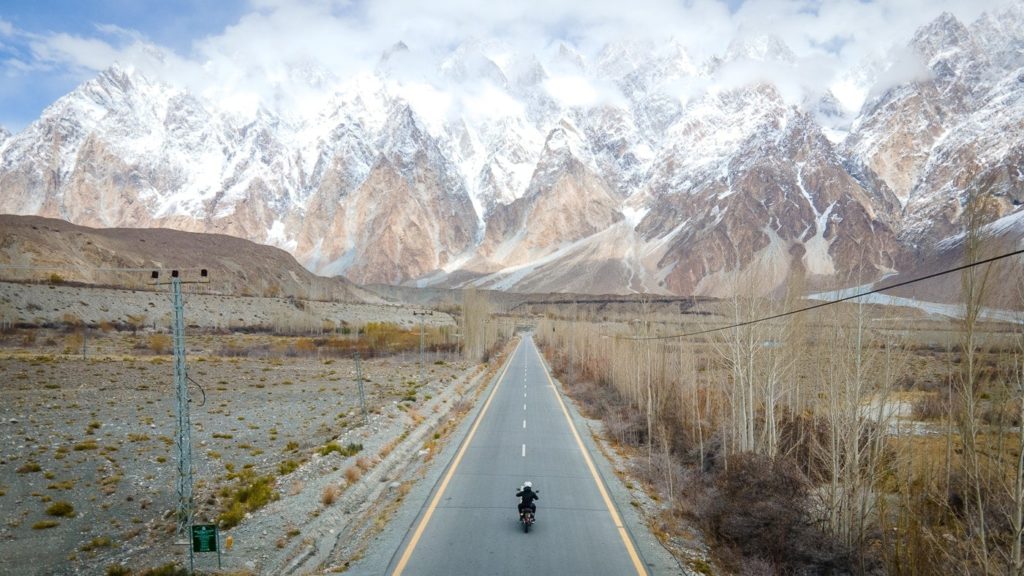
Passu is not necessarily a place where you need to spend the night, but it is worth a stop and there are a few cool hikes to do in the area like the Passu Bridge to Husseini Bridge hike (3-4 hours) and various other viewpoints. There are also epic views of the Passu Cones from the Karakoram highway at points before and in Passu.
If you plan on going up to Borith Lake for the day, Passu is just another 10 minutes down the Karakoram Highway from the turnoff to Borith.
There is also a restaurant called the “Yak Grill” which serves up some of the best burgers (from yak meat)and fries you will ever try.
Chapurson Valley
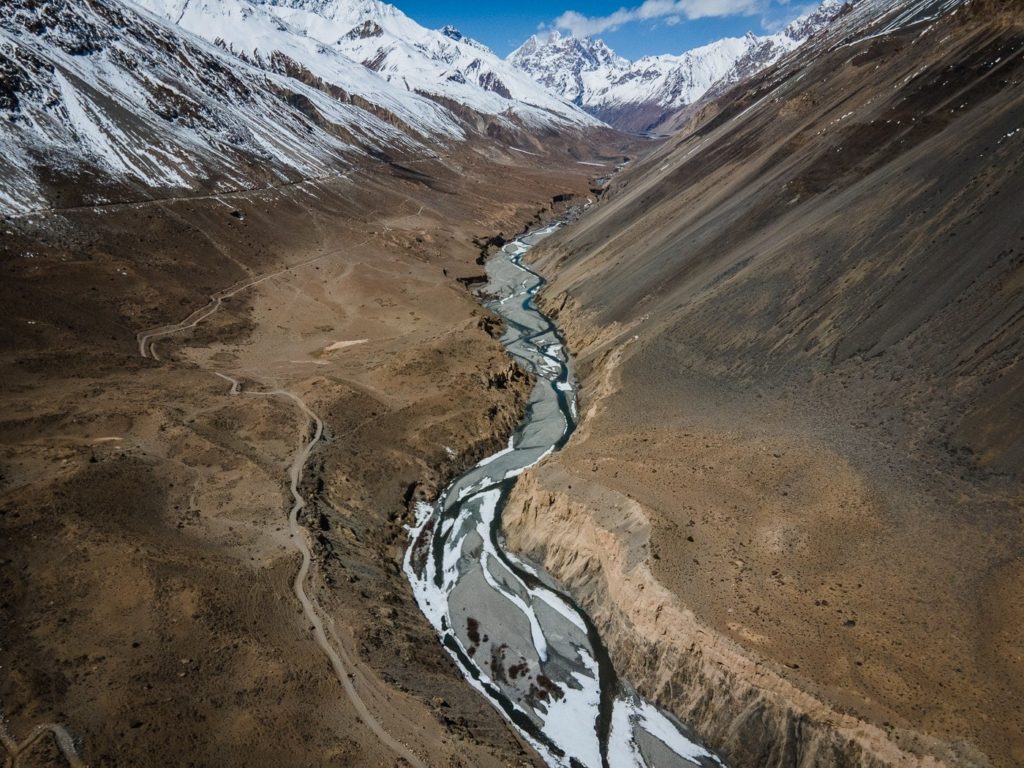
After Shimshal, Chapurson is the 2nd valley north of Hunza that feels like you are stepping back in time. It is also another damn fine road to do on a motorcycle!
Unlike Shimshal though, Chapurson is not one main village, but rather a series of villages ending at the edge of the Little Pamir mountain range and the Afghan/Wahkan corridor border. There is an army check post at the far end of the valley which marks the end of where foreigners can proceed without having further permits.
Beyond the village of Zood Khun (and the army check post) is Baba Ghundi Ziarat, a shrine to a Sufi saint said to have incredible healing powers, and a popular pilgrimage site. It seems to depend on the mood of the army guys there whether or not they will allow you to proceed.
In the summer months, nomadic Kyrgyz traders come over the mountains to swap goods and animals with locals – an event I am yet to see.
Things to Do in Charpursan:
Khunjerab Pass and the China Border
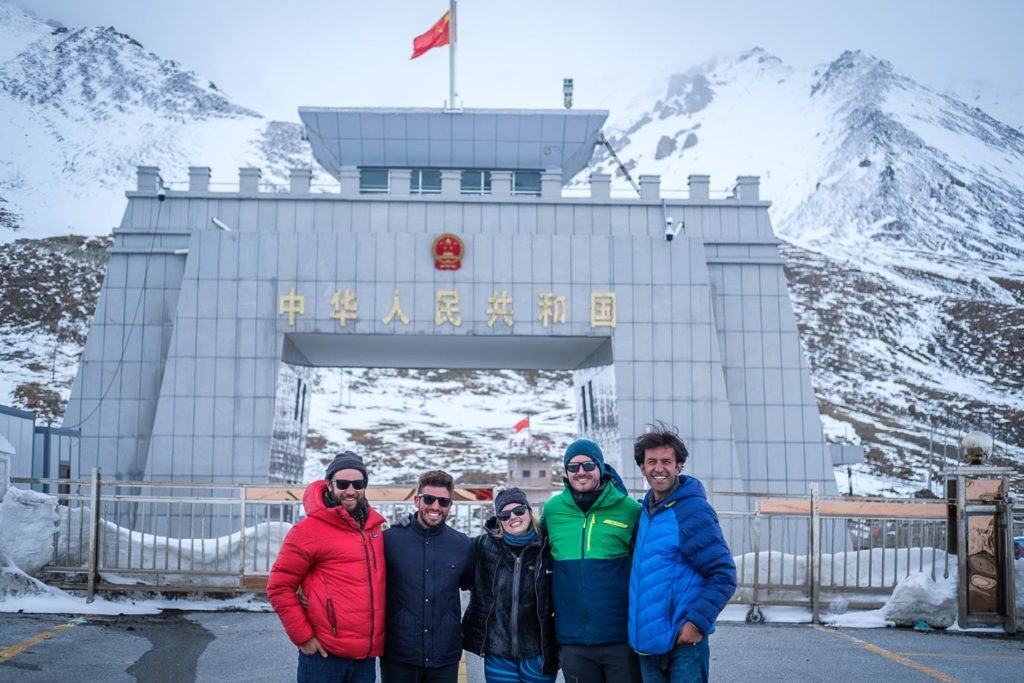
The most interesting thing about visit this high-altitude Pak-China border is the drive to get there. The views are absolutely stunning as you enter Khunjerab National Park and it is not uncommon to see herds of ibex and Himalayan yak grazing on the roadside.
In recent years, traveling to Khunjerab Pass and the border has become a big tourist attraction and sometimes it can be rammed with visitors from Punjab and Karachi. For many of them, it is the first time they have seen lots of snow!
The border itself is kind of anti-climatic. A very communist-looking structure on the frontier marks the Chinese side. A big sign advertises the “world’s highest ATM” – which is also the “world’s highest ATM that never works”.
Phander and Yasin Valleys
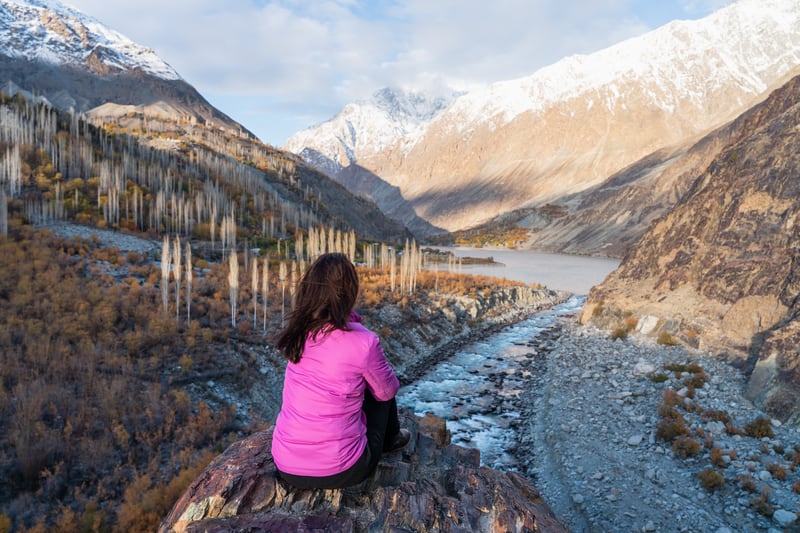
On the way to Shandur pass and into the Chitral region you will find the post-card perfect villages of Phander and Yasin (about 2.5 hours apart by car). Most people head the other way from Gilgit towards Hunza – but going this direction is seriously underrated.
These sort of mountain villages won’t rock your world with non-stop activities, but they will give your soul a healthy dose of vitamin chill and some solid time to contemplate life in the mountains. Unlike Hunza, these valleys are relatively untouched by mass tourism. There are even a few interesting short and long-distance hikes to get down on if you’re into that.
Skardu
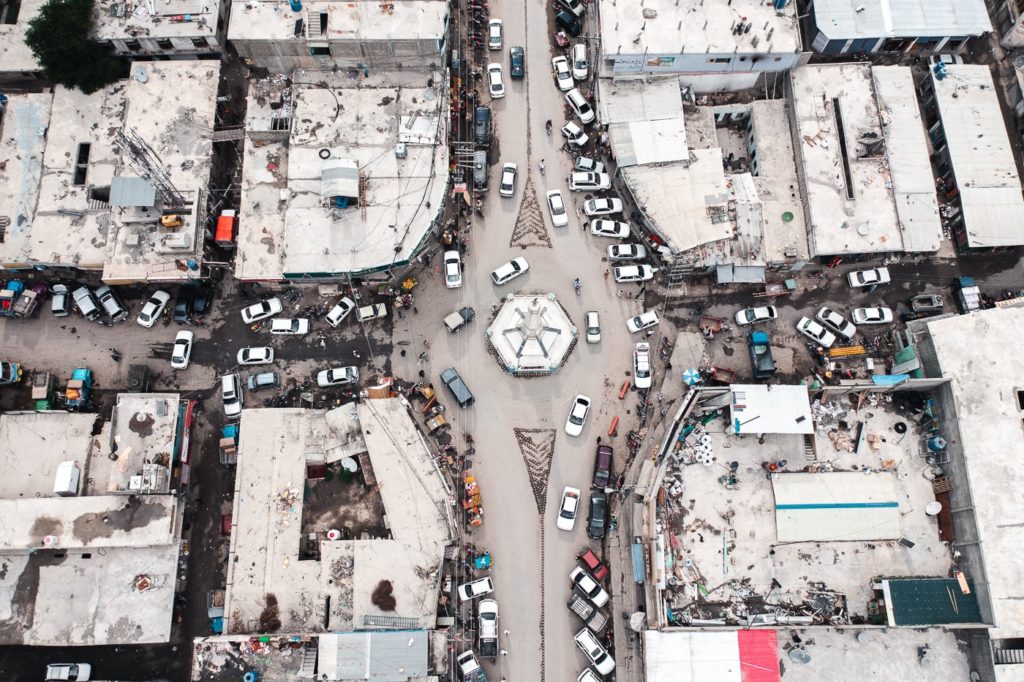
Moving on now to the Balti side of Baltistan, Skardu is the largest city in this region. I prefer being in Skardu vs Gilgit as there is more to do and the vibe feels better to me. Skardu is the gateway to all of the major treks and climbs in the region and is the starting point for every major expedition heading to Central Karakoram National Park (where you have K2, Broad Peak, etc).
The central part of Skardu is basically one long bazaar street with hotels, places to eat, and even a few trekking equipment shops. On either side of the city, there are two deserts: the Safaranga and Katapana – both of which are cool to visit for photography or a little 4×4 dirt biking. In the winter, the desert landscape is covered in snow… which is even more interesting for photographers.
You don’t really need to spend many days here to get the most out of it. Three days is probably enough if you are doing day trips to the surrounding areas.
Things to Do in Skardu:
Deosai National Park
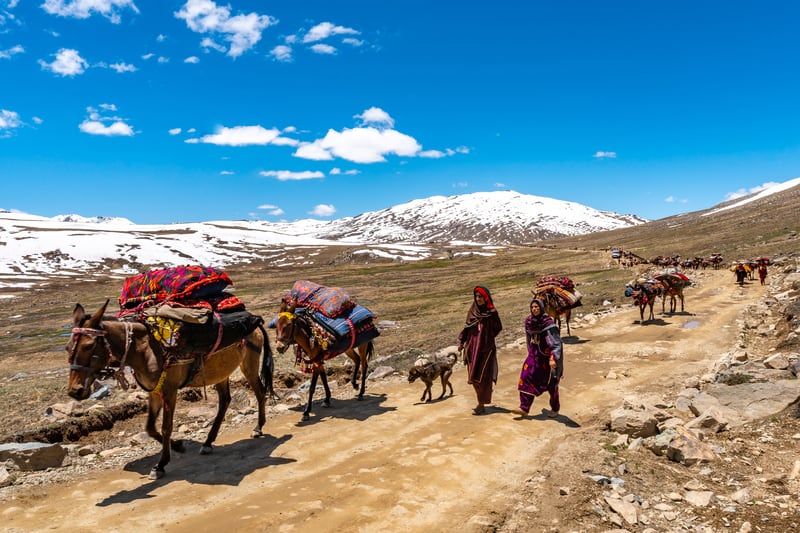
After the Tibetan Plateau, Deosai is the 2nd highest plateau in the world, with a majority of the park lying above 4000 meters.
Deosai is a stunningly gorgeous place with opportunities for camping, trekking, and horse rides. Most people just roll through in a 4×4 jeep, though there is much more to discover here than what you can see from the road. There are also a number of alpine lakes that make for fine camping spots if you bring the right gear.
Starting in July, the green meadows of Deosai are transformed with color as pink, yellow, and purple wildflowers bloom across the entire plain. There is even a small, protected population of Himalayan bears that live here!
Things to Do in Deosai National Park:
Astore Valley

In stark contrast to the drier, rockier side of GB – the Astore valley feels like a breath of fresh green air. Astore is often called the “Switzerland of Pakistan” (as is a few other places ha!) and is adored for its pastoral, languid beauty.
Astore makes for a logical stopover if you are heading to Deosai via this route (instead of via the Skardu road). Here you will find plenty of guesthouse options, nice alpine lakes, and some seriously green scenery.
Once in Astore, it is hard to believe that it is only a few hours away from the dust and rocks of the Karakoram Highway.
The Astore side is also where to access the side of Nanga Parbat (2nd highest mountain in Pakistan) most expeditions climb from. On the other side of Nanga Parbat is Fairy Meadows.
Things to Do in Astore Valley:
Central Karakoram National Park

CKNP is the crown in the jewel of Pakistani mountain landscapes. Nowhere else on earth can you find such a close density of 7000 and 8000-meter peaks. If you are into trekking or mountaineering, then it is sure that visiting this national park should be at the top of your list.
There are an endless number of adventure options to be found here if you have the time and money to spend on expeditions. The season for exploring this area is quite limited, however. From June to early September you should be able to do most of the treks below 5500 meters (September is a bit late for high passes).
For mountaineering, the weather window is pretty much only July and August (for non-extreme winter accents). Without a doubt, CNKP is one of the best places to visit in Pakistan.
Note: If you are a foreigner planning on doing any trekking or mountaineering in restricted areas like Central Karakoram National Park, then you will need to apply for a Trekking and Mountaineering Visa – which takes a minimum of 4 weeks to get.
It is not something I suggest you do in-country, but rather before coming to Pakistan. Pakistani hikers can get permits faster, but still need to apply in advance.
Things to Do in Central Karakoram National Park:
Hushe Village
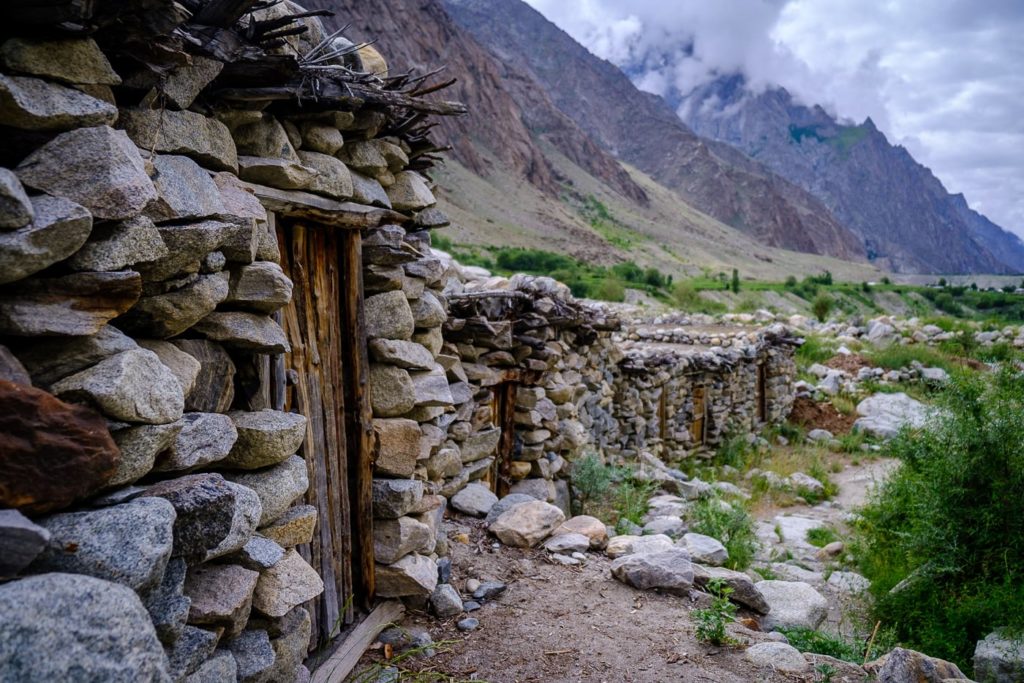
If you end up crossing Gondogoro La after completing the trip to K2 Base Camp, then you will eventually end up in Hushe, a lush village on the outskirts of CKNP. It is also the hometown of legendary high altitude porter “Little Karim” .
Permits are required (NOC) to proceed beyond the village and into the national park. For those who don’t have time to do a multi-week trek like K2 Base Camp, Hushe is the launch point for numerous other shorter treks including Masherbrum Base Camp and Charakusa Valley (made famous by photographer Jimmy Chin after his first rock-climbing trip to Pakistan in 1999).
Getting to Hushe requires taking a 5-6 hour jeep from Skardu.
Things to Do in Hushe:
Best Places to Visit in Khyber Pakhtunkhwa (KPK)
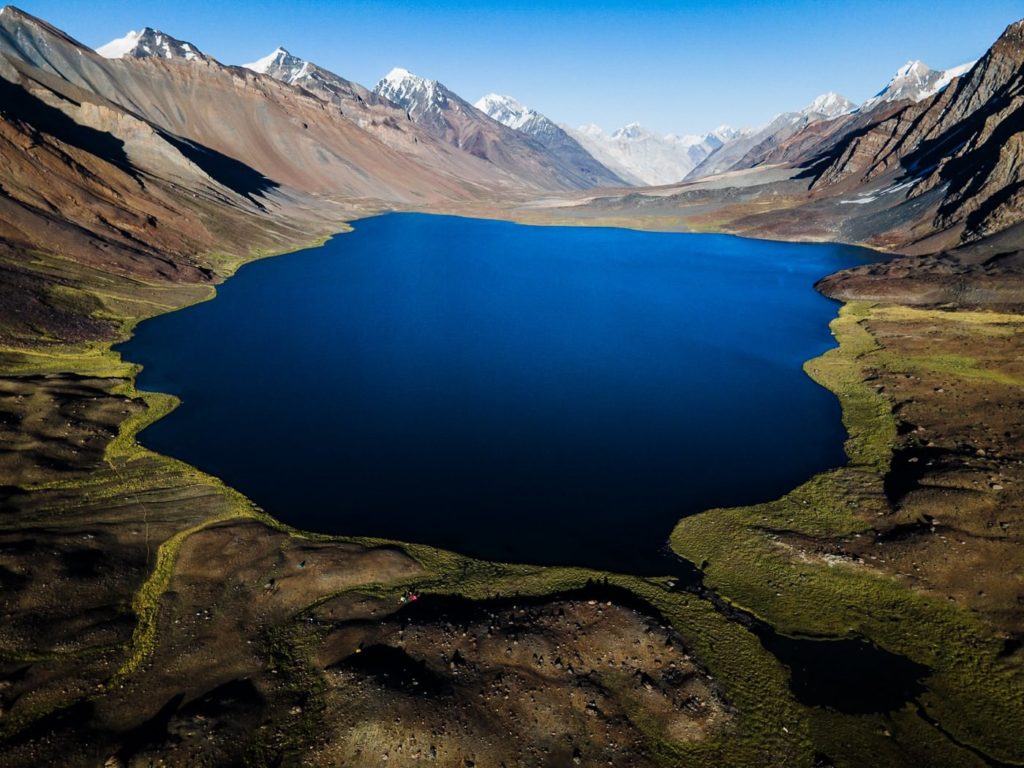
Khyber Pakhtunkhwa, often abbreviated as KP or KPK and formerly known as the North-West Frontier Province is the other main “mountain province” adjacent to Gilgit Baltistan.
The Hindu Kush mountain range dominates much of the high altitude landscape and the natural border forms the frontier with Afghanistan in many places. 10 years ago, most of KPK was kind of a no-go zone for foreigners. Numerous terrorist cells including the Taliban were either based here or actively controlling parts of the region.
In May 2009 the Pakistani Army went into Swat Valley and ended the reign of the Taliban after several months of intense fighting and bloodshed. These days, KPK is mostly safe for foreign and domestic tourists – including the Swat Valley.
Swat Valley
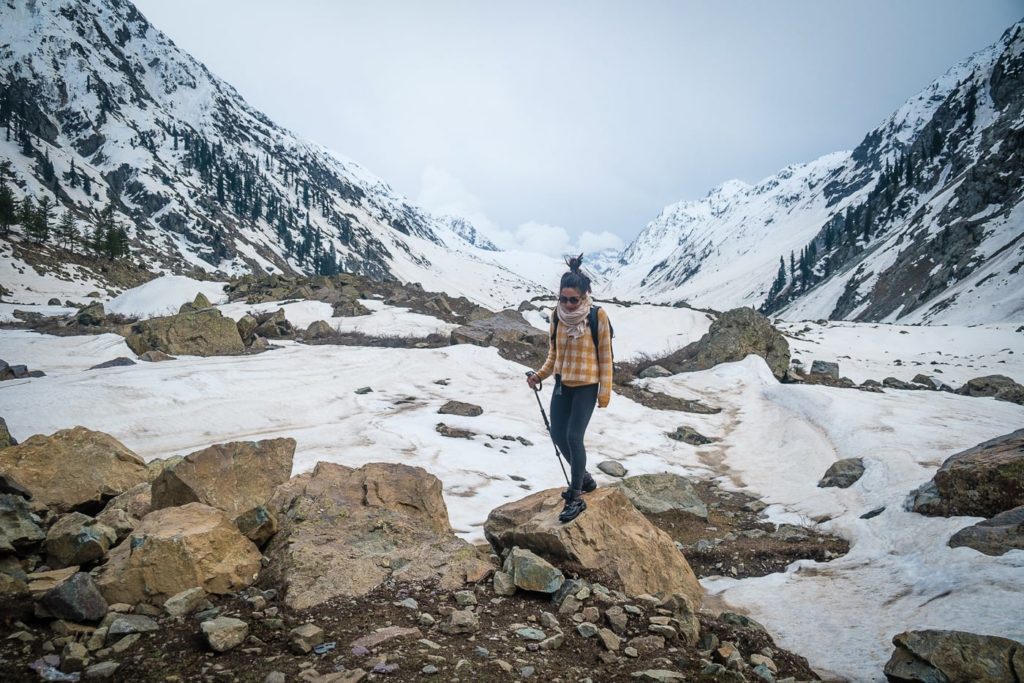
As mentioned above, tourism in Swat Valley is a relatively new thing in Pakistan.
From the remanents of Buddhist culture to many legit trekking possibilities, Swat is probably the most interesting mountain area within 5-6 hours of Islamabad. Once you get a few hours past Mingora, the landscapes turn into picturesque river valleys with pine forests and crystal clear rivers running in every direction.
At the far end of the greater Swat region is Kalam Valley – the real draw for trekkers and people wanting to experience the best landscapes of Swat. Access to Swat has been greatly improved by a sealed road a few years ago. And yes, the Taliban are no longer in power here so go and enjoy Swat without worrying your mother.
Things to Do in Swat Valley:
Kalash Valley

A popular myth surrounding Kalash Valley residents is that they are descendants of Alexander the Great, from when his army rolled through way back when. I have also heard that this has since been disproven by DNA testing. In any case, the Kalash Valley (or more like the 3 valleys that make it up) is probably one of the most unique areas of Pakistan from a cultural perspective.
For one, Kalashi people are not Muslims; they practice a polytheist faith similar to ancient forms of Hinduism, they drink wine sometimes and offer animal sacrifices during religious festivals (Muslims do this too actually).
The Kalash Valley is an entire vibe unto itself. Time seems to stop here (and as of the time of writing there is no internet). There are even a few hikes to do in the area if you want to explore beyond the villages.
The real draw though is if you are able to time your visit during either the spring (Chilam Joshi Festival) or winter (Festival of Choimus) festivals.
Contact Luke Rehmat if you’d like to plan some activities in the area. His Whatsapp: +92 344 5912024.
Things to Do in Kalash Valley
Naran and Kaghan Valley
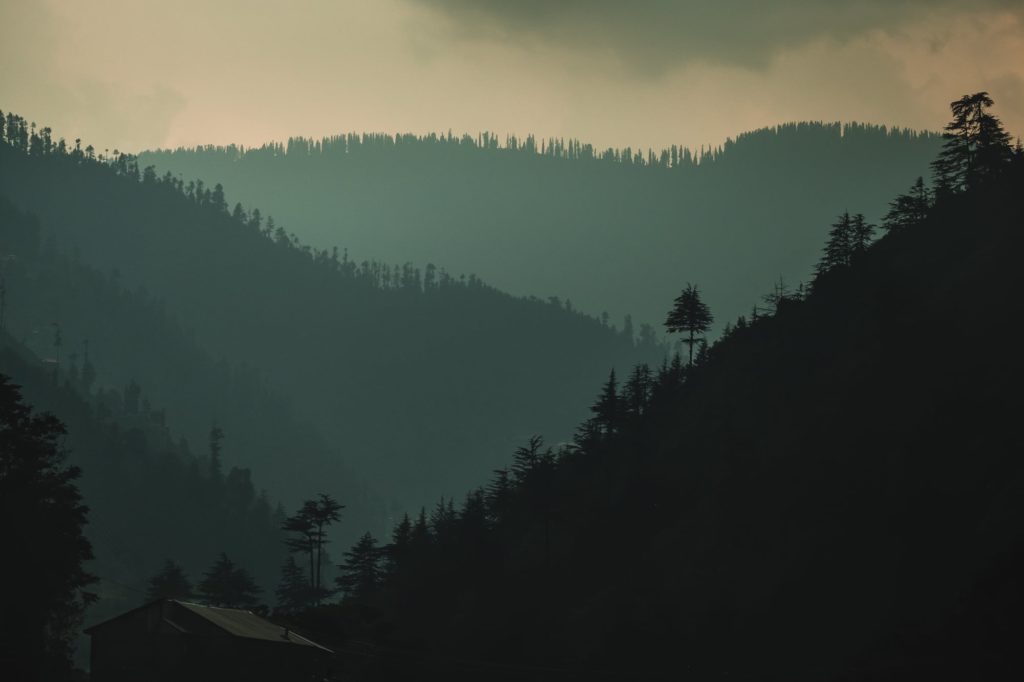
Naran is a mountain bazaar town located way up the Kaghan Valley. To be honest, Naran has turned into kind of a shi*hole since mass tourism came here (mostly local tourism – sorry guys but its true). There are a few interesting hikes in the area, but mostly Naran offers packed, expensive hotels, a ton of traffic, and polluted forests and rivers.
Naran does make for a convenient stopover if you are heading north to Babasar Top.
The lower Kaghan area on the other hand is a stunning green river valley with small stone villages as well as semi-nomadic herders tending to their animals. I have not personally explored the Kagan much to be honest. I’ve just driven through five times it on my way up north or on my way back south. Every time I think to myself: “Man, I need to come back and explore this place properly”.
Things to Do in Naran and Kaghan Valley:
Chitral
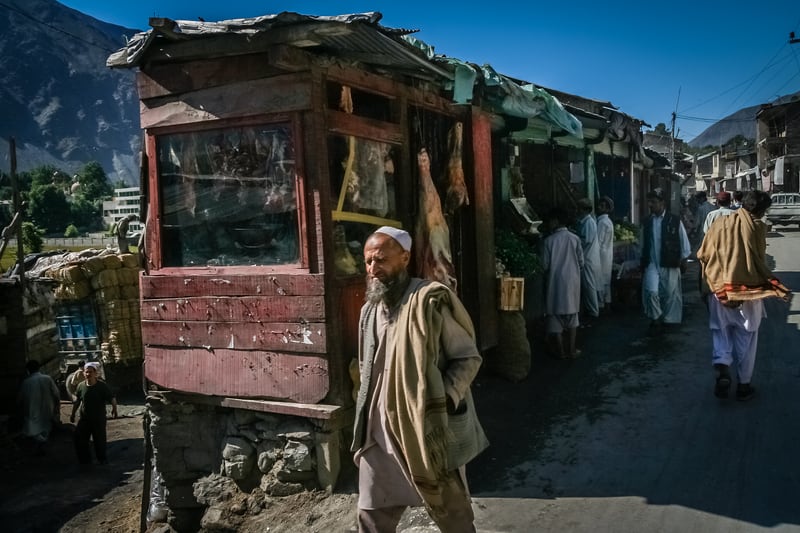
Getting to Kalash Valley is not really possible without a stopover in Chitral. Chitral is a central hub in Northern KPK that makes for a good place to resupply, rest, or use Wifi if you have just come from the mountains. The start of Kalash Valley is about 1.5-2 hours from Chitral.
Like many Pakistani mountain towns, the city is situated along a large river of the same name, has a central bazaar, and cheap accommodation.
It’s a long drive from Islamabad so if you want to save some time, Chitral also has an airport.
Things to do in Chitral:
Broghil Valley and Karomber Lake
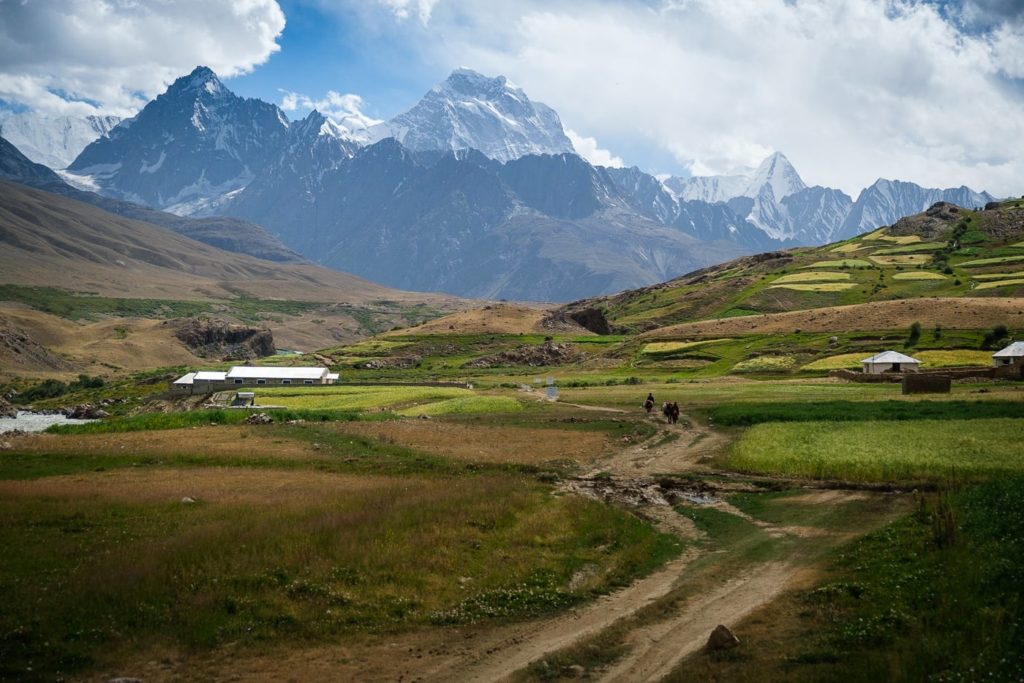
Making it to the Broghil Valley is an achievement all unto itself. This ultra off-the-beaten-path valley is located in the upper reaches of KPK (past Booni and Mastuj) right next to the “border” with Afghanistan in the Hindu Kush range.
I was able to go here a few years ago with a group of Pakistani friends – although I was told I was only one of two foreigners to be allowed to go in recent years. I think some bribes were involved but my mates handled that :). If you decide you want to go to Broghil and Karakomber Lake yourself, then going with a local (Pakistani) person is a must as you will encounter both police and army checkpoints along the way.
It is not impossible to go here… it just takes some determination and a bit of wheel greasing with local authorities. At this stage, solo foreign travelers don’t have a chance of being allowed in – that’s my opinion.
Broghil Valley offers some spectacular trekking options, including the trek to the iconic Karakomber Lake (3-4 days); one of the highest alpine lakes in Pakistan. This region is on my list of the top 5 best places to visit in Pakistan and is well worth the effort it takes to come here.
Best Places to Visit in Sindh
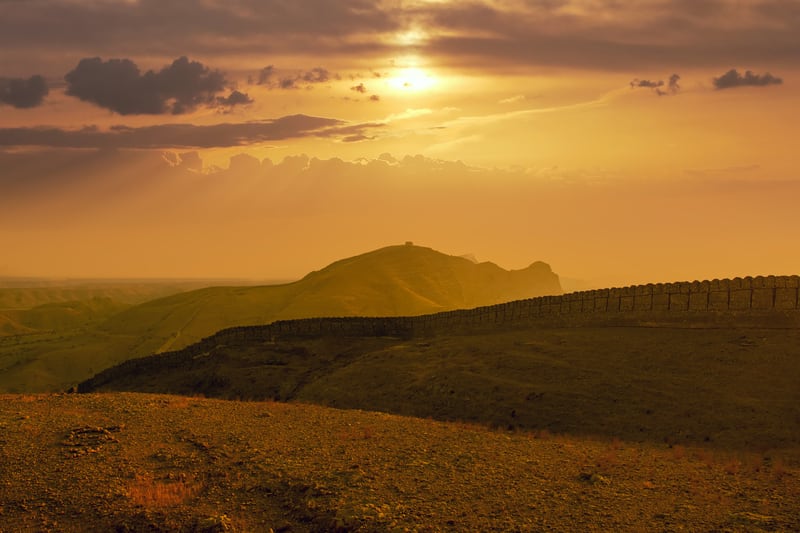
Follow your finger along with the map south and we arrive at Sindh in the southeastern corner of the country. Sindh is the third-largest province of Pakistan by total area and the second-largest province by population after Punjab. It is home to Karachi, the Arabian Gulf Coast, and plenty of rarely visited by foreigners cultural/historical stuff.
As is the pattern with most of Pakistan, there are many different ethnic groups and languages spoken here, with the most common being Sindhi.
With the exception of Balochistan, Sindh is the least visited province when it comes to tourism. This fact means that outside of Karachi, it is NOT EASY to travel here on your own. The brave and bold will be rewarded. People who want to stick to the beaten path and far more comforts should opt to stay in the north.
Karachi
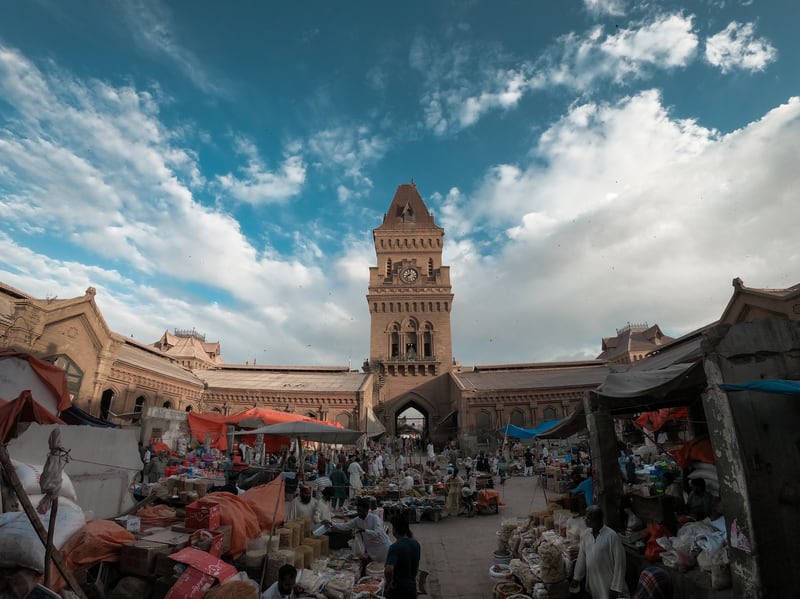
The massive port city of Karachi is hard to describe in one sentence. It is the largest city in Pakistan by population and is so sprawling and busy that it boggles the mind.
You will probably get strong India city vibes if you visit Karachi as there is a similar overwhelming feeling that dominates all the senses.
Along with all the craziness, there are some fun things to do and see in the city as well. Some of the most liberal-minded Pakistani friends I have are from Karachi and if you know where to look, you will find a bustling culture of young people with progressive ideas, forward-thinking, and little to no interest in conservative Islam. There are also some awesome places to pick up some books if you’re into book markets – among them Pakistan Chowk, Urdu Bazaar.
One thing to note: Karachi gets crazy hot. I’m talking in the 50 degrees C range. Plan your trip in the winter if possible (October – February). You’ve been warned.
Top Things to Do in Karachi:
Thar Desert
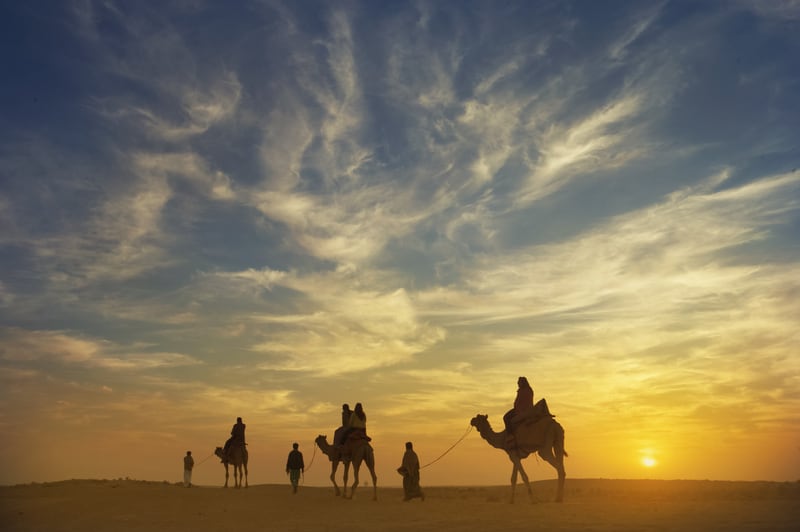
Southern Pakistan holds a lot of mystery for me – mostly because I have spent 95% of my time in Pakistan in the north. And perhaps no place holds more intrigue in Sindh than does the Thar Desert.
I am fascinated by the unique landscapes here, the mysterious people who inhabit these stark and arid lands and experiencing the all-around vibe that goes with all of that. That said, I am yet to visit the Thar.
Numerous people have told me that the Thar Desert is not an easy place to visit as a solo foreign traveler – as in it might not be possible right now due to its proximity to India. Like many fascinating areas in Pakistan, you’ll need an NOC permit to enter, or perhaps like my Broghil experience, a good friend who is able to bribe local authorities enough to let you in.
Top Things to Do in Thar Desert:
Ranikot Fort
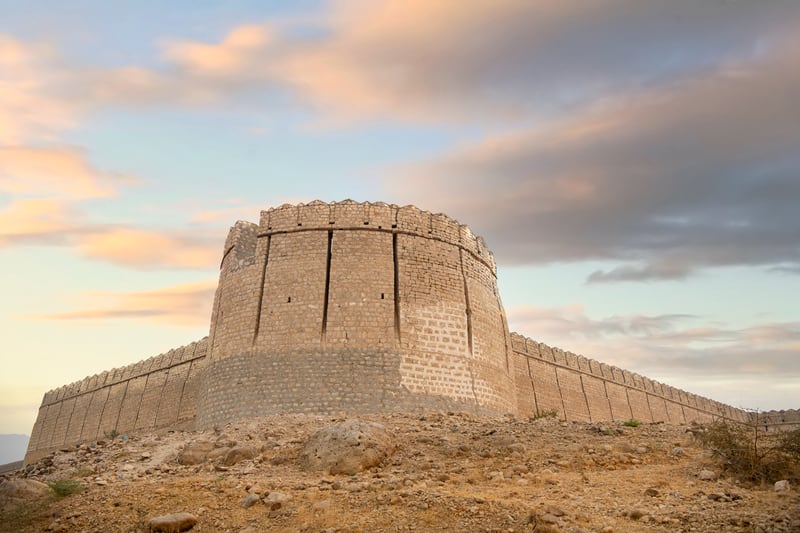
The world’s biggest fort is in Sindh?! Yeah, buddy. The massive Rainkoit Fort wall has been compared to the Great Wall of China – except that this place is in theory on massive fortification.
Nowadays the fort is a UNESCO World Heritage site. Due to its isolated location though, the fort sees a fraction of the visitors a fort of this importance should normally see.
Some university groups even host things like camping and movie nights here – which sounds awesome.
Ranikot Fort is a 4-hour drive from Karachi.
Things to Do at Rani Fort:
Makli Necropolis
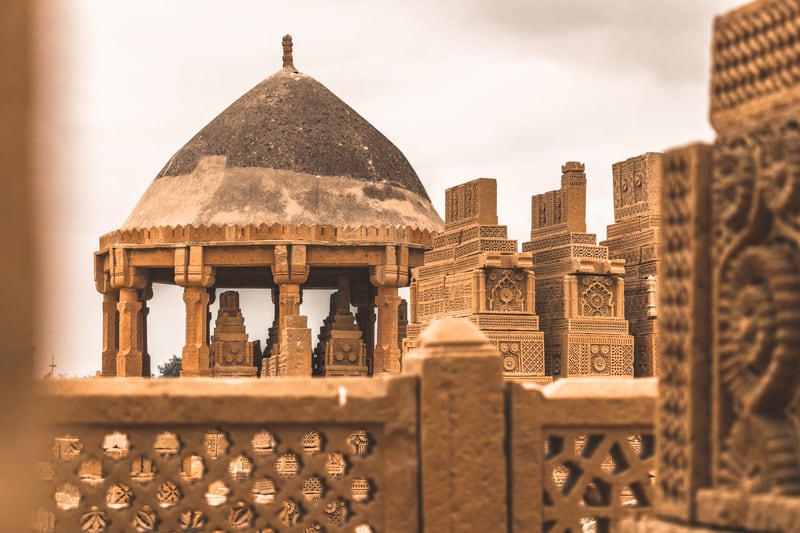
Love things that celebrate the dead? Makli Necropolis should be on your shortlist if you are traveling in Sindh.
Because we are on the subject of “the biggest stuff in the world” – the Makli Necropolis is just that – one of the largest funerary sites in the world. The site is “home” to approximately 500,000 to 1 million tombs constructed over the course of a 400 year period. That’s a hell of a lot of tombs.
The closest city to Makli is Thatta where you can find a variety of places to sleep and eat.
Best Places to Visit Jammu-Azad-Kashmir
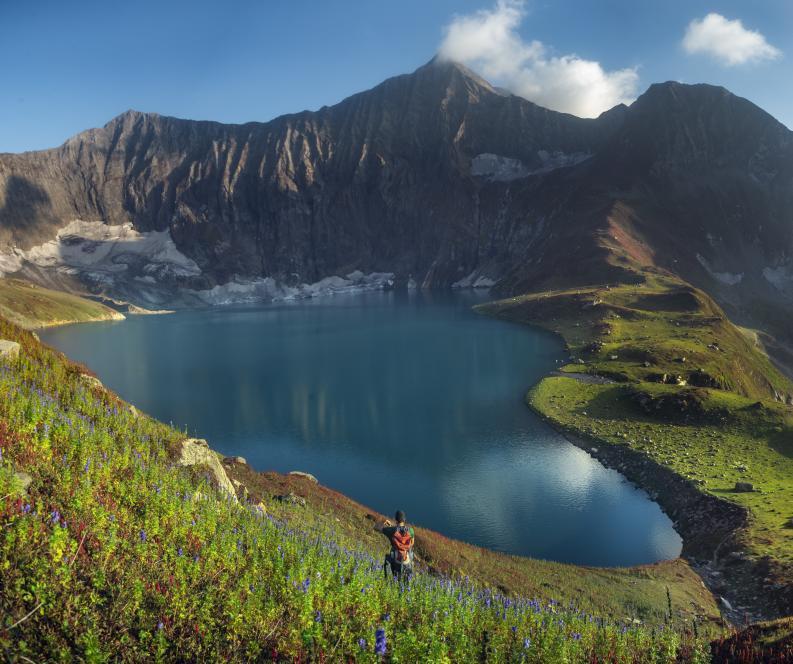
Long the source of a major conflict with neighboring India – most Pakistani’s feel that Jammu-Kashmir is in fact only half the landmass that makes up the province – with the other half being occupied by India for decades.
Geopolitics aside, Kashmir is one of those places that makes even me think: “Is this really in Pakistan?!”.
Incredible alpine lakes, quaint villages that look like they belong in the Swiss Alps (minus the wine and European architecture), and stunning river valleys… this is what makes Kashmir of so much interest to travelers.
Want to know something that has frustrated the hell out of me for years? Most if not all of Kashmir is totally off-limits to foreigners, despite there being a ruling a few years ago abolishing NOC requirements. The local police and army are not having it. Due to increased tensions with India over Kashmir – the local authorities are more paranoid than usual of something bad happening to a foreigner here.
In Pakistan – connections make the world go round so if you have any that might be able to get you access, Kashmir provides the opportunity to play that card.
I will also note that I have heard of foreign backpackers as recently as May 2021 gain entry into Kashmir without issue. Very confusing, I know. I will fill in this section in greater deteail once I have been there myself!
Best Places to Visit in Kashmir:
Best Places to Visit in Balochistan
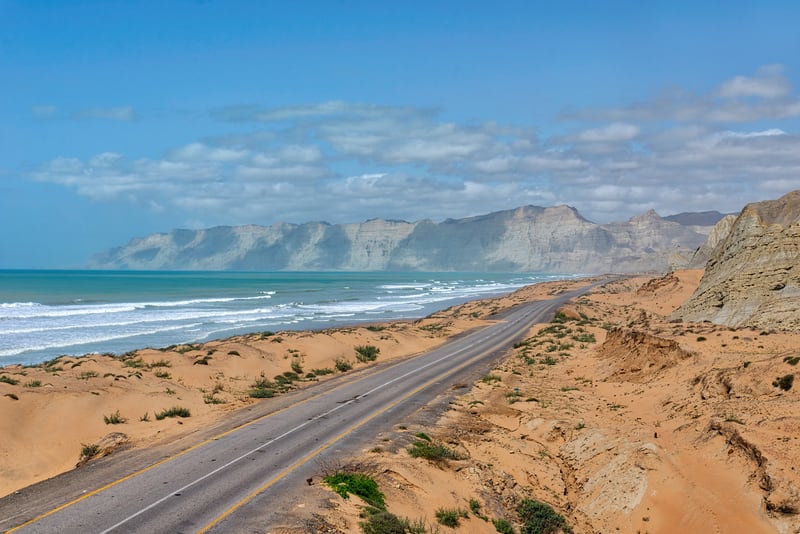
Balochistan, Baluchistan, and Baluchestan… of the many ways to write it here is one thing we can agree on when it comes to Pakistan’s largest by-land-mass province: it is mysterious AF.
Like Kashmir, large swaths of Balochistan have been off-limits to foreigners for years. Unlike Kashmir though, it is still possible to travel here in some places though movement is monitored and restricted… be prepared for many headaches and hoops to jump through from local security forces.
This wide-open landscape kind of has it all: vast arid deserts, mountains, and roughly 770 kilometers of coastline! The adventure potential in Balochistan is massive, to say the least. Pakistan is pretty slow to open any area up to tourism, but when it does more in Balochistan to ease restrictions and improve access for foreign (and domestic) travelers, the sky is the limit for what there will be to see and do down here.
Best Things to Do in Balochistan:
Thanks for reading this ultimate guide to the best places to visit in Pakistan! Drop your favorite Pakistani destinations in the comments below! Happy travels.







